In polkadot dresses and signature headbands, the doey-eyed, strikingly beautiful Soaad Hosny adorned the screens. An artist who held Egyptians spellbound – she was Egypt’s ‘Cinderella.’
Soad Hosny was born in January 1942 to Syrian parents, the 10th sister in a family of 17 siblings. She was born a star, from the young age of three years old, she started her career singing for children’s radio programmes. Her rise to stardom started when she made her film debut in Hassan wa Naimah in 1959, a tale following the familiar trajectory of Shakespeare’s Romeo and Juliet.
Her on-screen charisma and charm led her to star in a number of movies in different genres. In the glittering world of the film industry, Hosny donned the hats of an actress, a singer, and a dancer, and she excelled in all.
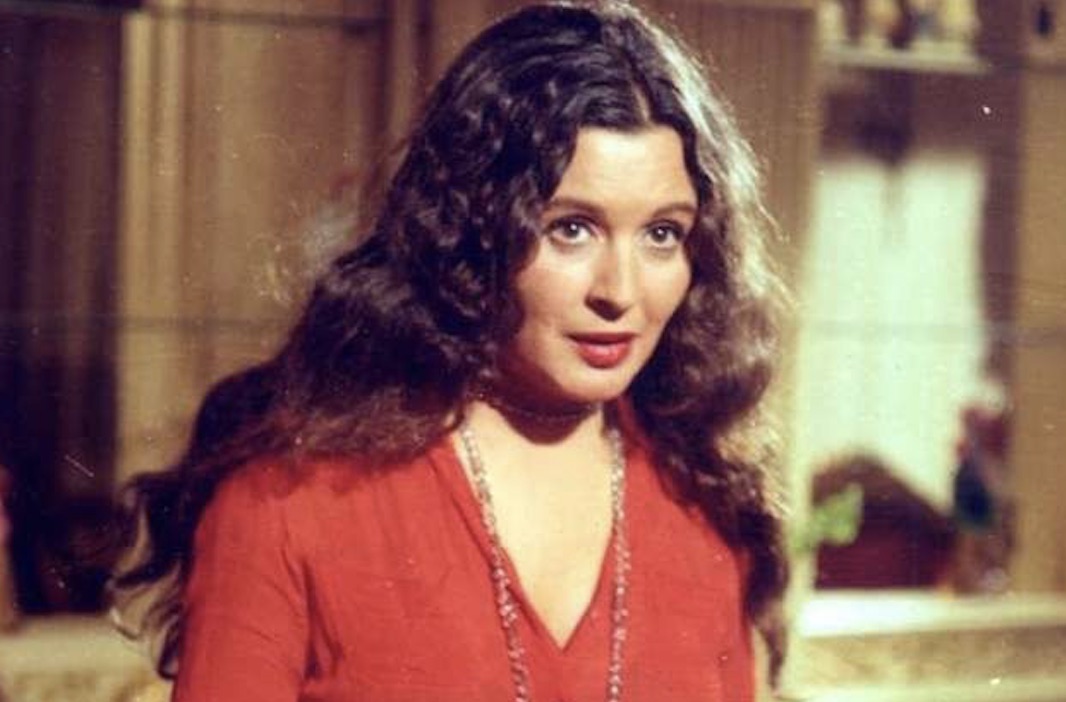
She starred in a number of romantic films, some of her most famous ones being Sagheera ‘Al Hob (Too Young for Love) in 1966 and Esha’et Hob (Rumor of Love) in 1961. Although her striking beauty and gentleness could have forced her into a box labeling her as stereotypically simple-minded, Hosny’s films addressed a wide range of social and political issues.
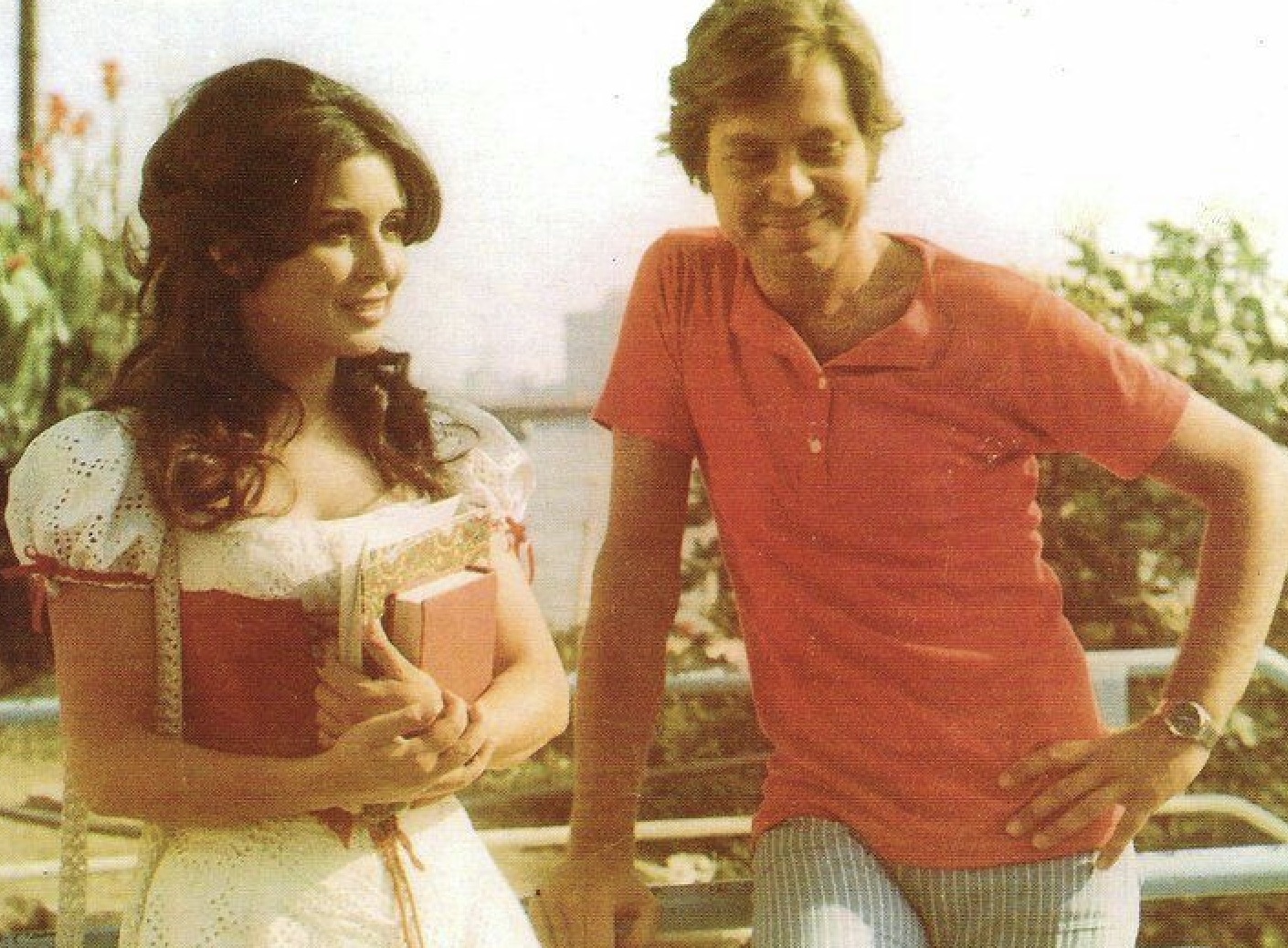

Hosny had an arresting presence on screen; she took on hard-hitting roles in films that reflected political discourses, such as ‘Cairo 30’ in 1966, an adaptation of a novel by Naguib Mahfouz ‘Al Qahera El-Gadeeda’ (The New Cairo) playing an impoverished young woman who is forced to choose between love and providing herself and her family a better life, Al Karnak (in 1975), which is an adaptation of the book ‘Karnak Cafe’ by Naguib Mahfouz that seeps into the state violence during the 1960s, and Ala Man Notliq Al-Rosas (Whom Should We Shoot?) in 1975.
She embodied female characters struggling in environments of poverty, war, and gender inequality. Her films made the audience aware of the institutionalized injustices, one of her most outstanding calls for gender equality was evident in the TV series Hekayet Howa we Heya in 1985.

A loved public figure, Hosny’s personal life was exposed to the world; she never became a mother, although she married four times.
The last time Hosny appeared on screens was in 1991, in her film Al Ra’i w Al Nesaa ( The Shepherd and the Women, year). Ten years later on June 21 2001, Egypt’s very-own Cinderella was found dead in London, a mystery-death that puzzled everyone who knew her. Suicide and murder were speculated and cited as the cause of her death, but the truth remains unresolved.
“Soad was incredibly talented; she had the ability to perfectly play any role whether it is comedic or tragic. She had charisma and charm. Yet, she was unappreciated and died alone,” explained director Hassan Youssef, who worked with her on several movies, including Lel Regal Fakat (For Men Only( in 1964 and Nar Al Hob (Fire of Love) in 1968.
She had a naturally benevolent persona, an actress with impeccable range, who remains engraved in the Egyptian film industry and the hearts of many until present day.



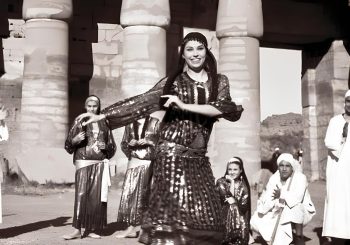
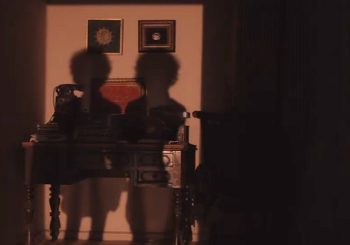
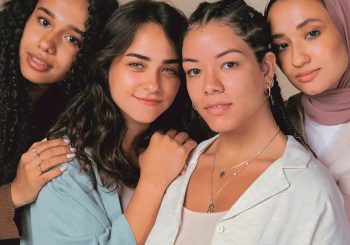
Comments (2)
[…] سعاد حسني: من “سندريلا” المصرية إلى المأساة […]
[…] سعاد حسني: من “سندريلا” المصرية إلى المأساة […]